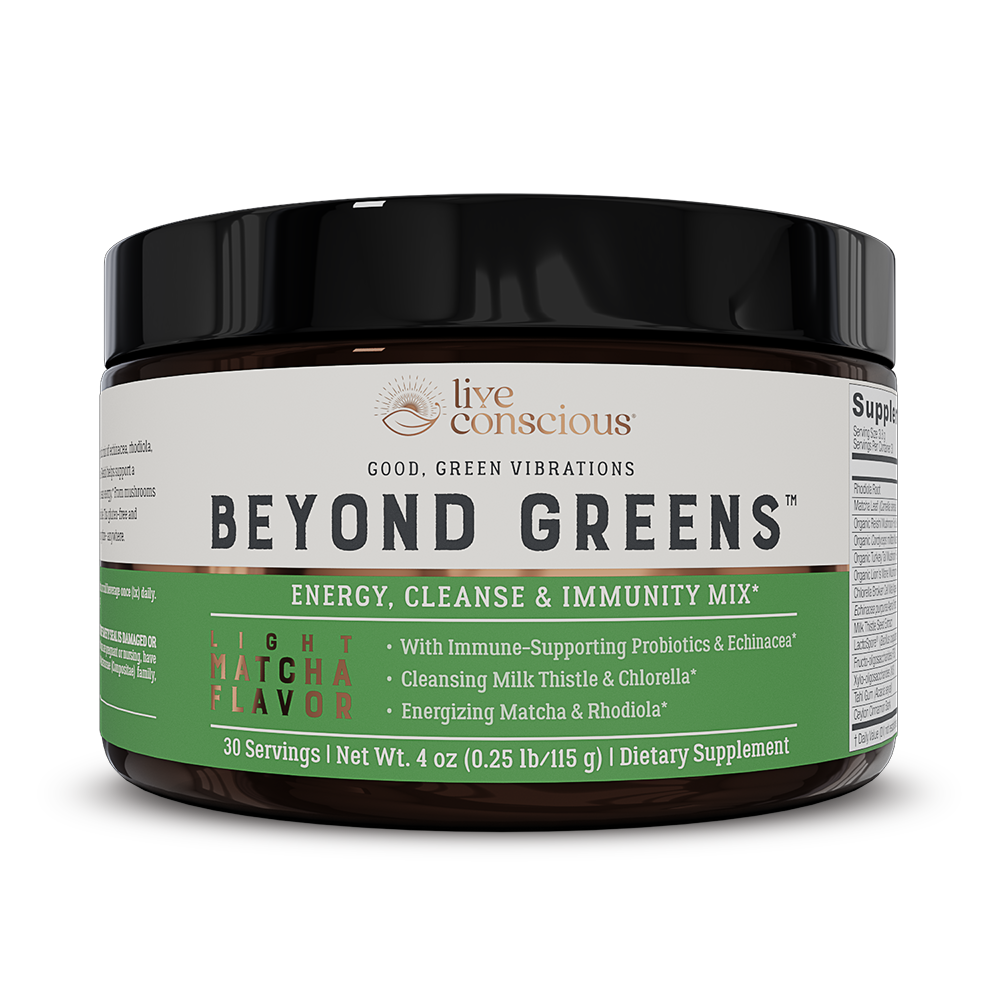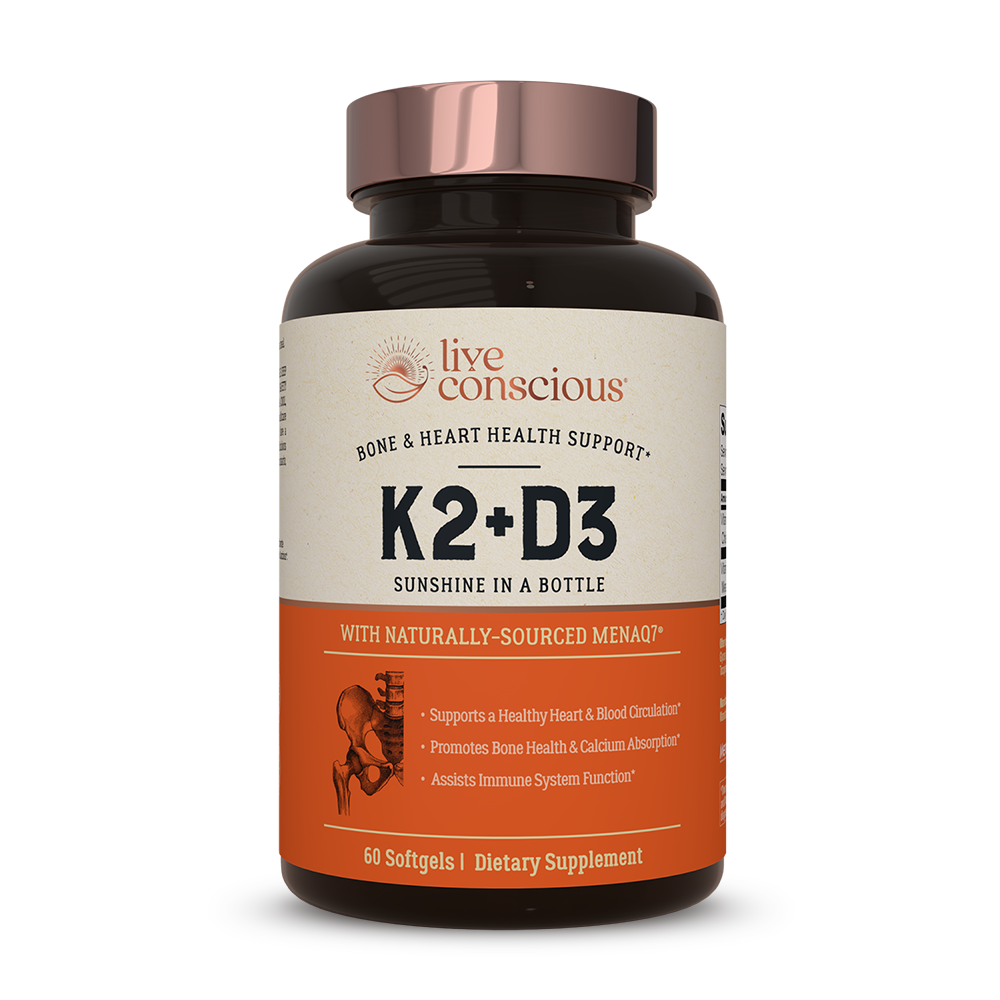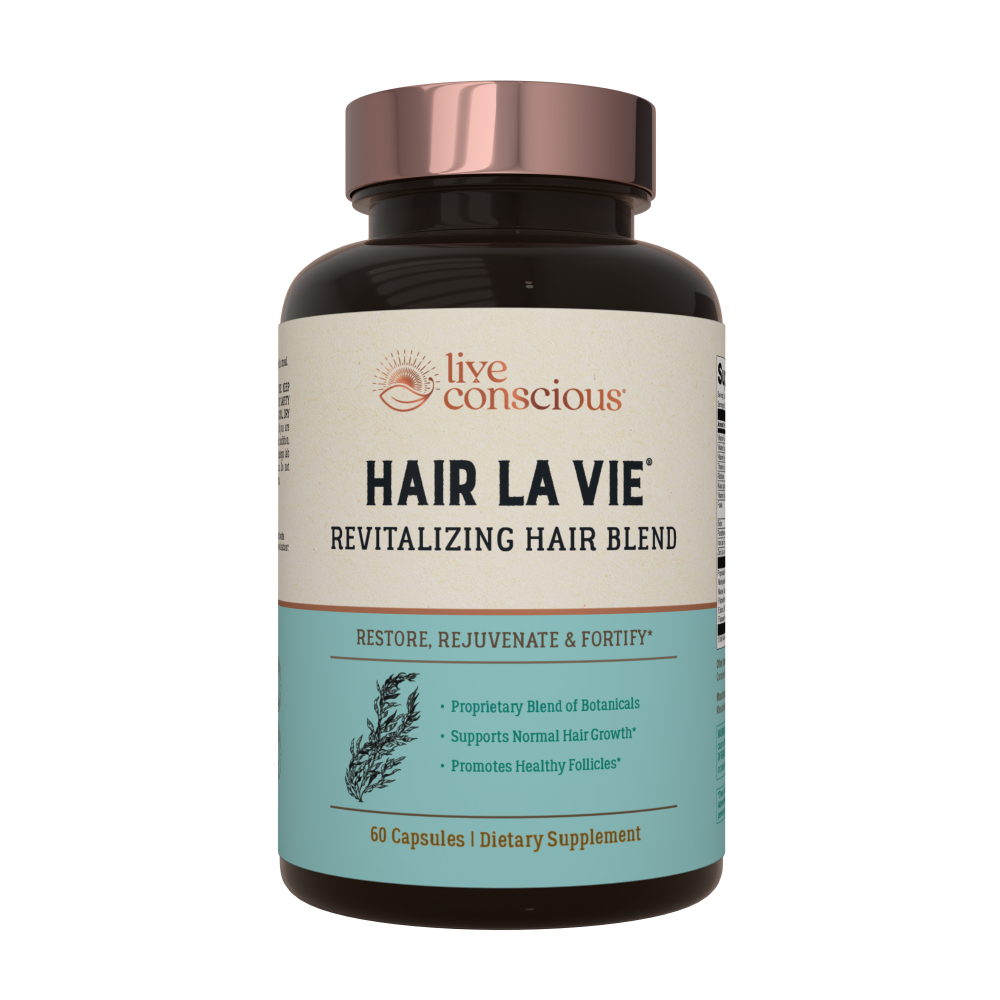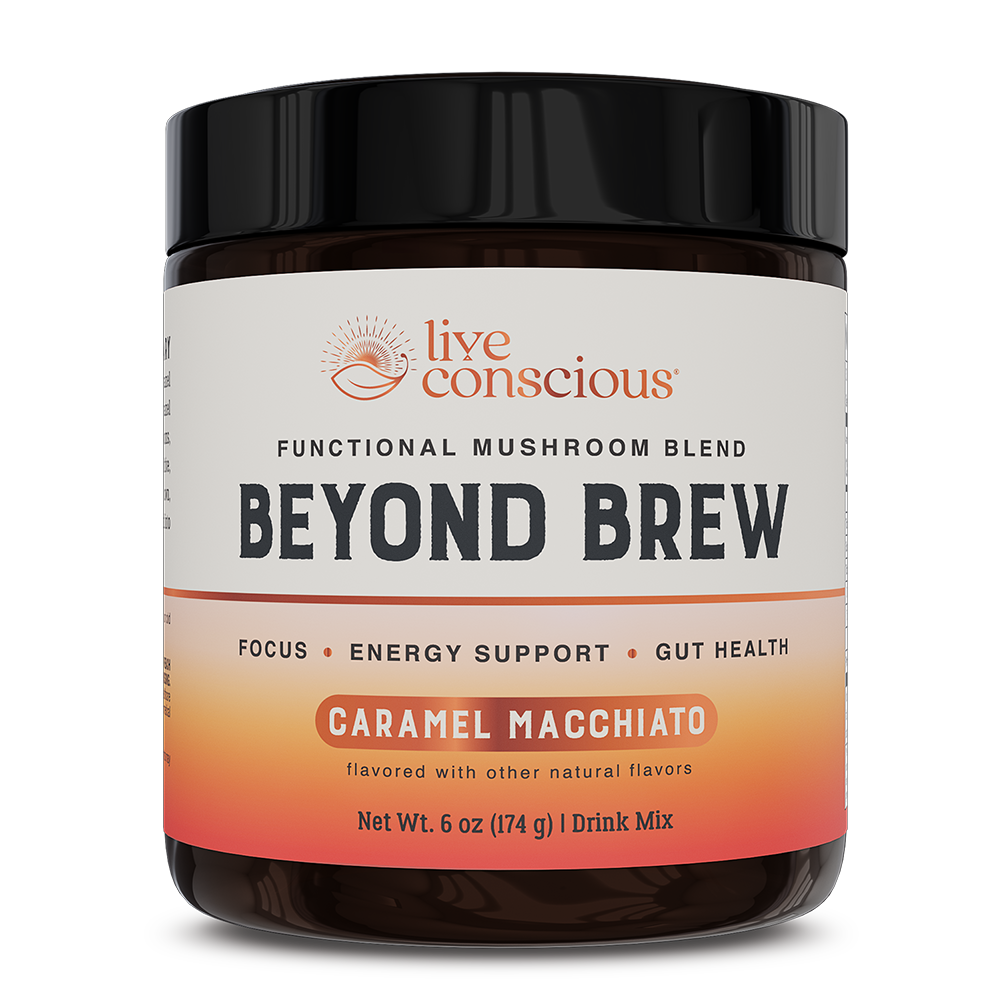Breathing exercises help your body relax and help you manage stress by mimicking the breathing you do when you’re already relaxed or asleep.
Deep breathing lowers stress by sending messages to your brain to calm down and relax. Your brain in turn sends that message out and your body responds by decreasing your heart rate and lowering your blood pressure.
Breathing affects your entire body, which is why breathing exercises should be an important part of your healthy approach to every day. The following three breathing exercises are an excellent way to start.
1. The Stimulating Breath
This is an adaptation of yoga breathing techniques. The main goal is to increase alertness and raise your energy levels without raising stress.
First, get your posture ready for the exercise. Sit up tall and straight with relaxed shoulders. Take a few deep warm-up breaths.
Start your stimulating breathing by inhaling and exhaling rapidly through your nose, mouth closed. Try to make the duration of both in and out breaths equal and short.

Your first cycle should be 10 rapid in-and-out breaths, followed by some deep, cleansing breaths. Then move on to cycle number two, which will include 20 breaths. Another deep, breathing pause, and you’re on to the final set of 30 bellows breaths.
This is a safe breathing technique for most, but if you’re feeling lightheaded or like you might be hyperventilating, then it’s time to stop and take it slowly. If you are pregnant, have hypertension, epilepsy, seizures or panic disorder, you should avoid this breathing technique.
Stimulating breath is a great way to wake yourself up in the morning and to recharge when that midday slump hits. It’s also a great way to prepare for a workout or before participating in your favorite sporting activities.
2. The 4-7-8 Breathing Exercise
This is a very easy technique that can be done anywhere. You don’t even need to get into position to do it, but we do recommend that you learn the technique sitting and then move on to other positions.
Place the tip of your tongue right behind your upper front teeth, on the hard palate. Keep it there during the exercise, you’ll be mouth breathing around your tongue, so it takes a while to get used to the feeling.

Exhale through your mouth, making a whooshing sound. Now close your mouth and inhale quietly through your nose for four counts. Hold your breath and count to seven, Then, exhale for a count of eight. Each inhale and exhale, or set of 4-7-8, is a cycle. Try doing four cycles each time you do them.
This is a natural way to relax your entire body and your nervous system. As with all exercises, the more you practice, the more adept you’ll become at it. Meaning you’ll get more and more benefit every time you try.
Try this exercise first as a natural sleep aid. Then try using it when you feel stress or tension.
3. Breath Counting
Once you’ve mastered the other two breathing exercises, it’s time to challenge yourself a little with breath counting. The breathing part isn’t difficult, it’s the meditation that comes along with it that will sometimes be difficult to sustain.
Sit comfortably with your spine straight and your chin up a little bit. Close your eyes and take a few deep breaths as a warm up. Let your breath settle into a natural rhythm of a deep breath in and out.
Begin by counting “one” as you exhale. Then inhale without a count. Exhale once again and think, “two.” Continue like this up to five, but never go beyond five. Once you’ve hit five, start over with “one.”

Each time you go from one to five you’ve done a cycle. If you can do this for a good 10 minutes, you’ll have relaxed significantly and should feel refreshed.
Other Benefits of Focused Breathing
In addition to focused breathing exercises decreasing the stress in your body, they bring you a number of other benefits that help your mind, your body, and your overall health.
Through deep exhalations, breathing exercises release toxins, which can strengthen the immune system. Carbon dioxide is a natural waste product and breathing exercises process this more efficiently.
The parasympathetic nervous system is triggered during breathing exercises which allows you to relax. This in turn releases muscle tension and lowers blood pressure.
Breathing exercises also increase the circulation to your heart, liver, brain and reproductive organs. There are even studies that look at deep breathing and heart health that have found that adding non-pharmacological interventions, like breathing exercises, are a good way to help lower blood pressure, improve mood, decrease mental stress, and help with weight.
Speaking of weight loss, the Stimulating Breath exercise is often cited as one that targets belly fat. While it might not take the place of sit-ups or regular exercise, this is a much easier exercise and it does help tone and strengthen your muscles.

Waking Up To Wellness
Breathing exercises are easy to learn and incorporate throughout your day. There’s virtually no downside to trying this approach to stress management. In fact, there are a number of other benefits that can lead to an all-over state of good health and well-being.
Try them for a while and see if they do make you feel physically and mentally better.
If you find benefit, you should definitely learn even more breathing exercises and use them to improve your overall technique and reap the benefits.




















